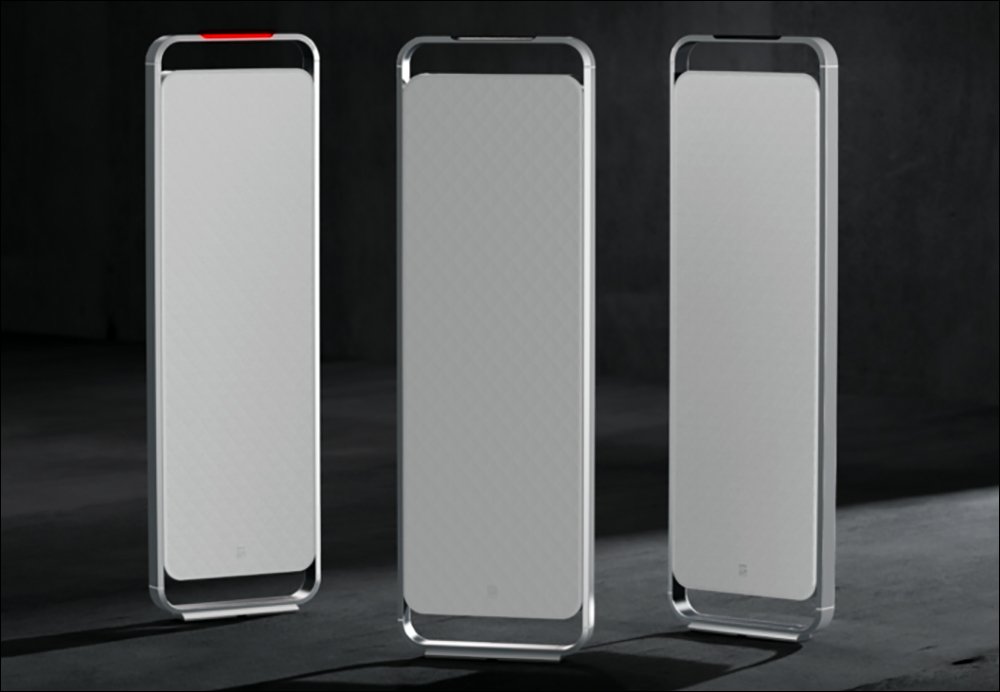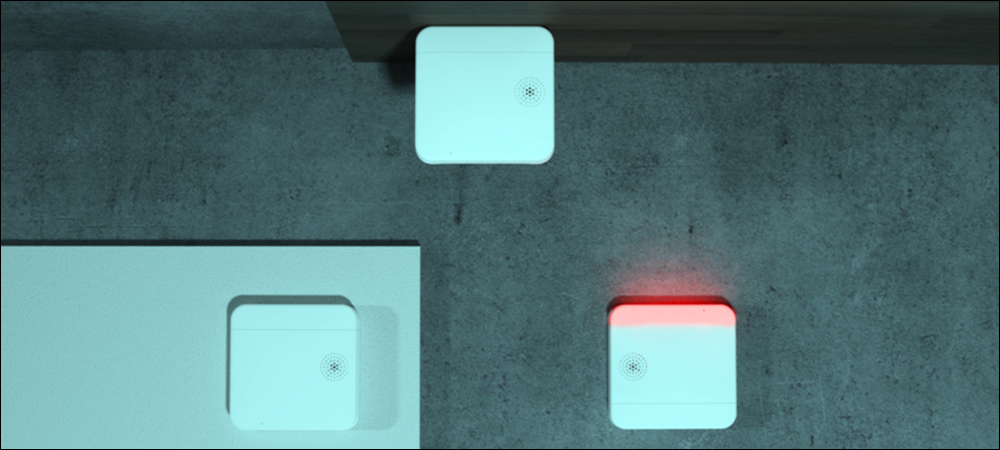- Bringing Visibility to Article Surveillance
- Higher-Performance Reader Solutions
- A Focus on Modular or Phased Approaches
Checkpoint Systems, a global retailer technology company, has released a new electronic article surveillance (EAS) solution for loss prevention that leverages radio frequency identification (RFID) technology. The system, known as SFERO, offers retailers a customizable and modular approach to employing passive UHF RFID tags—commonly used on apparel for inventory management—to detect which items are being removed from a store, as well as when this occurs. The system can then trigger an alert to personnel.
The solution, based on Checkpoint Systems’ upgraded RFID readers and antennas, provides high-performance loss prevention in stores, the company reports, which can be adopted through a phased deployment approach, depending on a retailer’s needs and site. Checkpoint provides both EAS and RFID technologies for inventory-management applications. Its targeted markets include apparel, grocery, electronics, logistics and more.
The company developed SFERO as a solution that creates a technology-based “sphere of protection” around a retailer’s entrance and exit, according to Sergio Ramos, Checkpoint Systems’ global product manager for RFID. The technology is intended to provide visibility into the movements of products into and out of the store, including every item’s identity. “The goal is providing that 360-degree coverage of a store entrance [or] exit,” he says.

Bringing Visibility to Article Surveillance
Traditional EAS systems can help retailers understand when a product is leaving a store before it is purchased. The electromagnetic tag, which is removed at the point of sale, triggers an alert if the tag leaves the store. RFID offers the unique opportunity to see exactly which product is setting off the alert, however. Because many products now come with RFID tags attached, and because the unique ID number encoded on each tag is linked to a specific product’s stock-keeping unit, a system that includes RFID readers at doorways can detect not only that an item is leaving, but also what it is.
This enables stores to restock those goods when necessary. Retailers have expressed interest in using RFID for this purpose, Ramos reports. With the technology, he says, “They have more information than what they could have with the traditional EAS system, so it’s something that they would like to incorporate.” Many stores, in fact, have both electromagnetic-based EAS systems and RFID inventory tracking in place. According to Checkpoint, the SFERO solution enables RFID to accomplish both applications.
If tags are applied to goods when they arrive at a store, or even at the point of manufacture, the tags can then be read by store personnel during inventory counts. They can also be interrogated at the point of sale or in fitting rooms if a store chooses to further leverage the RFID tags’ unique identifiers to understand what is being tried on, or to offer a more seamless and faster sales transaction. With the SFERO system, the tags could further be used if an item moved through a door without its tag being removed, indicating that it had not been purchased.

Higher-Performance Reader Solutions
Traditionally, RFID has posed some challenges when it comes to EAS systems. RFID does not transmit as reliably when surrounded by metal or liquids. Since the human body is composed primarily of liquid, transmissions can be blocked, especially if the tags are being worn or hidden by a bad actor.

Sergio Ramos
At the same time, there are inherent challenges based on wide doorways and merchandise displayed near doors, which could cause unintended reads of apparel near those doors. Checkpoint says its latest iteration of reader and antenna is designed to address these challenges, and that testing and customizing the deployment for each site and application are often necessary steps.
Aiming for the highest possible read rate, Ramos says, “we are moving to tag detection above 95 percent under defined tests.” The SFERO-based readers offer higher performance through modifications to the antenna, the reader and the software that manages the collected read data, he explains. Beyond that, Ramos adds, the use of the appropriate RFID tag can ensure a more accurate read in a specific environment. Checkpoint says it will direct customers to tags appropriate to their specific use cases.
As deployments take place, businesses may have a variety of requirements, even within different stores. For instance, some stores may have lower shrinkage rates than others, and thus do not require the highest read accuracy, in which case they may save money by starting with a basic reader configuration. Each retailer defines the performance they want, based on their particular use case. “Not all the other retailers have the same problems,” Ramos says, and store sites may differ widely based on door size, the kind of apparel sold and how it is tagged.
A Focus on Modular or Phased Approaches
The SFERO system can be tested at each site. “They decide how they want to test it,” Ramos states, “and we make the test for them.” The company’s goal with SFERO, according to Jonathon Langford, Checkpoint’s global product marketing manager, is to offer an alternative to what it calls out-of-the-box, one-size-fits-all systems, which may not fit the needs of a particular store or retailer. “We’re tailoring the technology so that retailers can adjust the level of protection for each store as it changes and grows,” he states.
Checkpoint refers to its SFERO solution as a toolbox of devices that users can employ, while the software can enable a migration with an existing electromagnetic EAS system. For example, users could install an overhead RFID reader to capture tag IDs, while keeping the previous system for alerting store employees to any theft. Eventually, Ramos says, retailers could remove the traditional EAS system and add another RFID reader to reinforce detection. “So it’s not something that you need to install everything from the first day,” he says.
Retailers can continue to use their existing software, or they can employ Checkpoint’s own cloud-based solution. Several businesses are piloting the SFERO system at apparel stores in Europe, while discussions are also in the works with Asian retailers, as well as with U.S. companies. Checkpoint plans to demonstrate the technology at Euroshop, being held in February 2023 in Dusseldorf, Germany, and the solution is expected to be made commercially available at that time.
According to Checkpoint Systems, many companies that are piloting the solution, or that are in discussions to deploy the technology, already have RFID tags applied to their goods for inventory-management purposes. In the long term, the company intends to guide retailers through what it sees as a technological transition away from standard electromagnet EAS systems to one that relies on RFID data.
Key Takeaways:
- Retailers looking to transition to RFID for electronic article surveillance can use Checkpoint’s new SFERO solution as a customizable system to identify goods passing through doors.
- Checkpoint intends to work with its customers to deploy the solution and test it onsite quickly, using a phased approach to meet each location’s individual needs.


